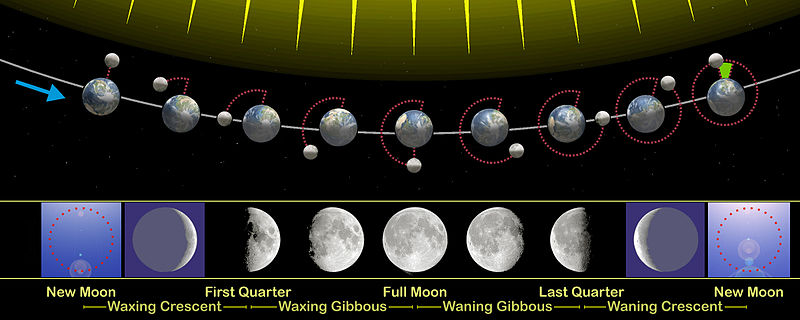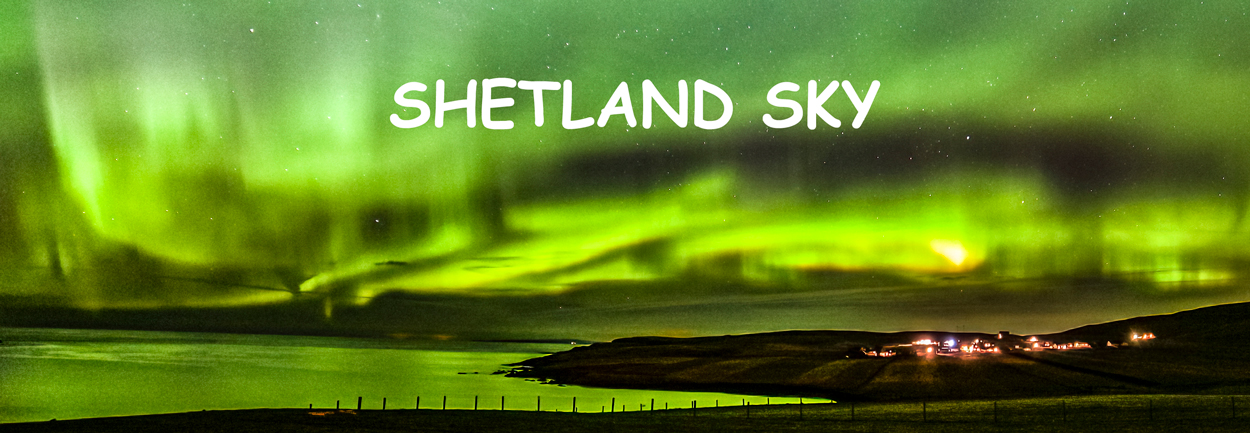Some people believe that no one has landed on the moon, but for me watching the moon landing back on the 20 July 1969 while at school started an interest in astronomy that still drives me on today.
The moons surface is interesting, on the near side areas looking like seas can be seen with the naked eye. These areas are in fact large lakes of solidified basaltic lava, these cover 31 % of the surface on the near side of the Moon. In addition several large extinct volcanoes can be seen, these are thought to have erupted about 3.5 Million years ago.The lighter coloured areas are called terrae, or highlands. The Moon has a large number of craters where asteroids and comets have collided. These are round 300,00 craters over 1 km in size on the earth side.
On the far side of the Moon, only seen from space by a few astronauts, there is a complete lack of lava pools.
The moon rotates about its axis at nearly the time as it takes to orbit the earth, therefore showing nearly always the same face of the moon. The distance from the earth varies between 356, 400 - 406,700 km. When it is the closest to the earth, this is know as a super moon, being 14% larger than when at its further limit and 30% brighter.
The phases of the moon can be seen here







No comments:
Post a Comment